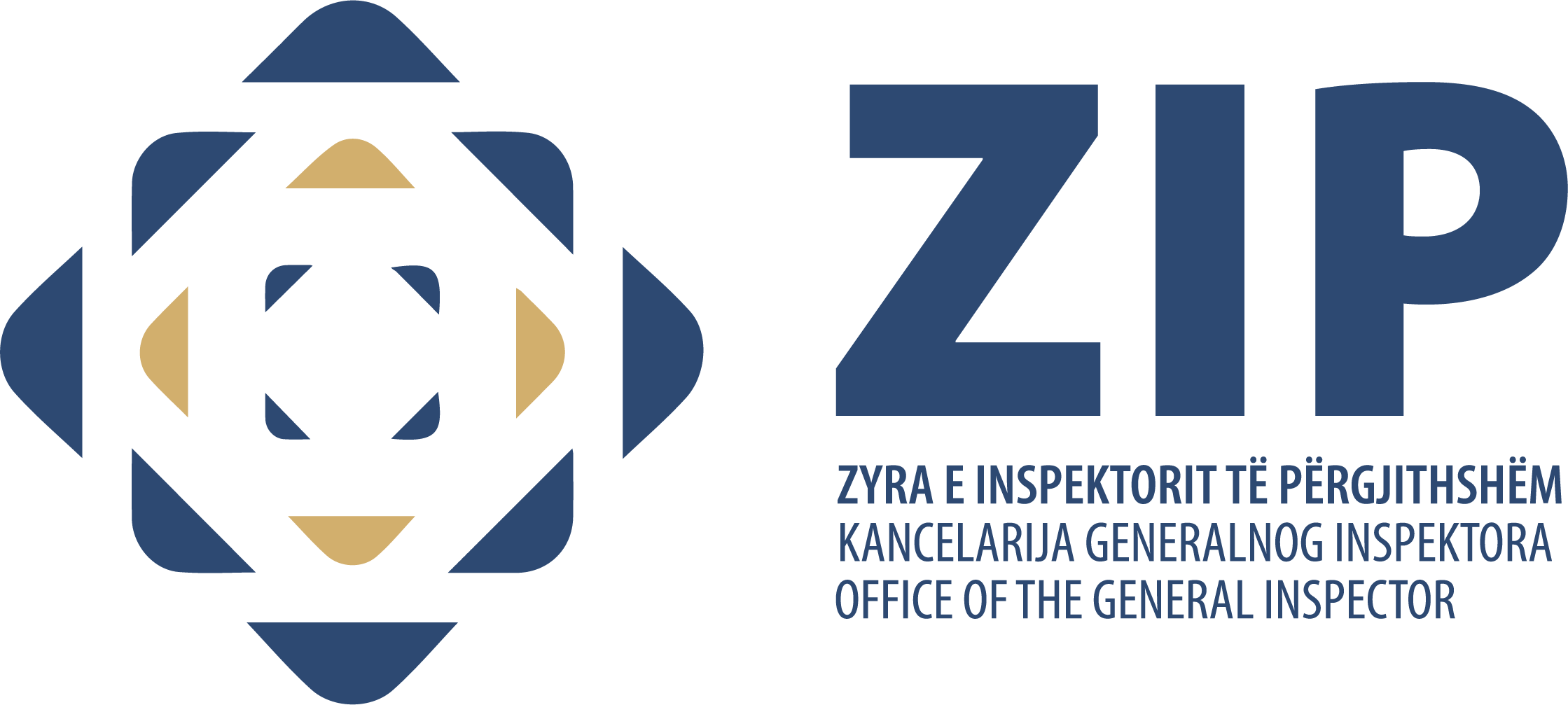Risk based inspection
Risk based inspection
The Law on Inspections aims to improve public welfare by mitigating existing or potential risks that could endanger public interests, especially human health, safety, and the environment.
This law also targets making the best use of available resources through effective and cost-efficient implementation that enhances trust among citizens, businesses, and consumers.
The Law on Inspections pursues transparent application of rules and guidelines, as well as timely and predictable notification of actions.
According to the law, to achieve these goals, inspectorates base their activities on the concept of risk-based inspection, taking measures only to the necessary extent. Simultaneously, it should be ensured that the inspected subjects are respecting the rules, aiming to minimize obstacles in regular activities at the inspected subject.
Risk-Based Inspection (RBI) is a proactive method that helps foresee and avoid potential problem sources, instead of reacting after they have occurred. RBI involves a process of developing an inspection scheme based on knowledge about the risk of failure. This analysis combines the assessment of the likelihood of failure with the consequences of a potential failure. Using the information gained from this process, the type of damage that could be present can be identified, as well as where such damage might occur, the extent to which such damage can develop, where failure would pose a risk, etc. With the help of risk-based inspection, the necessary measures are planned to reduce risk and prevent potential damage.
Risk is the combination of the possibility that an undesirable event will occur, and the size and severity of the damage caused if this undesirable event materializes.
